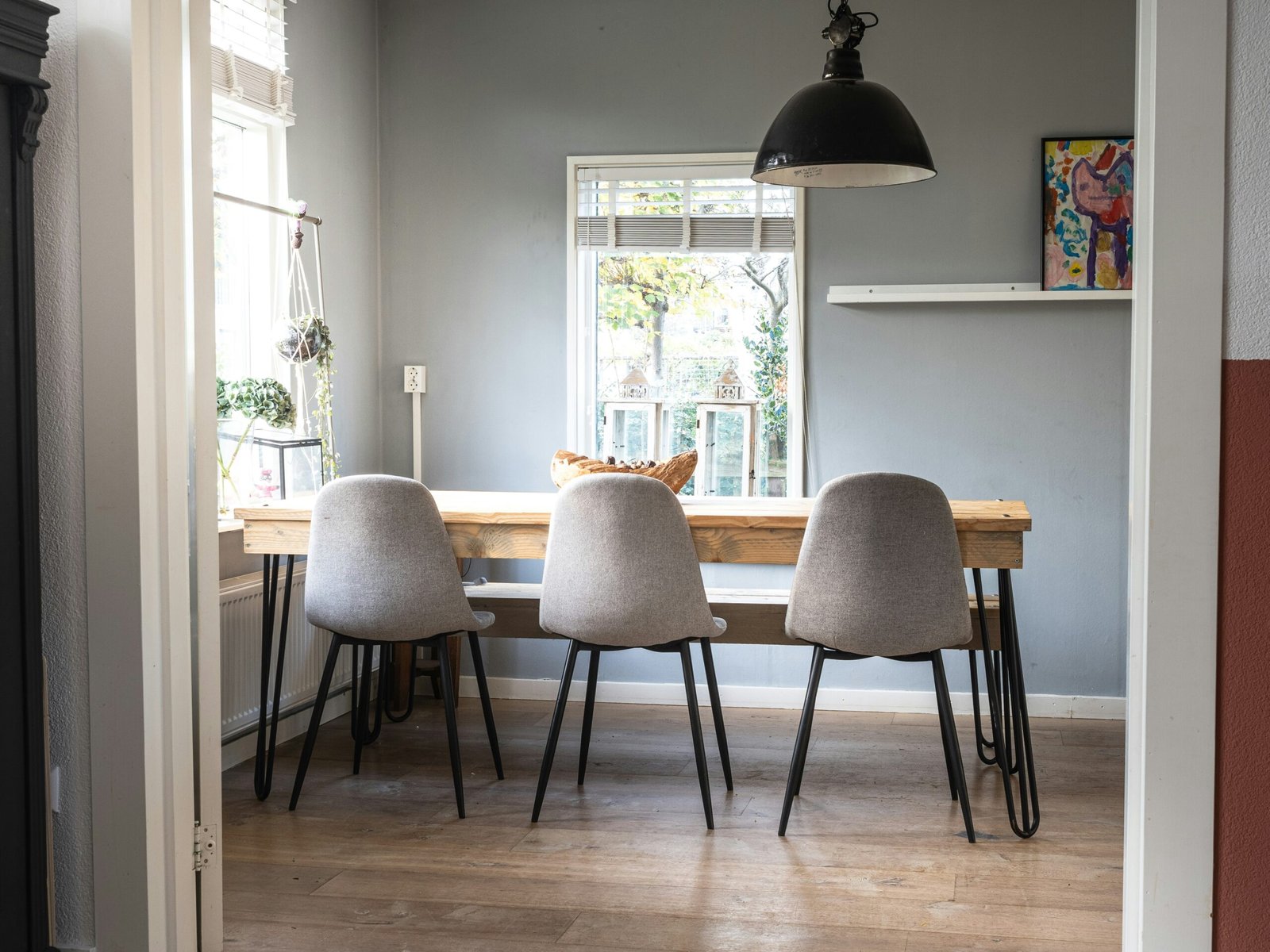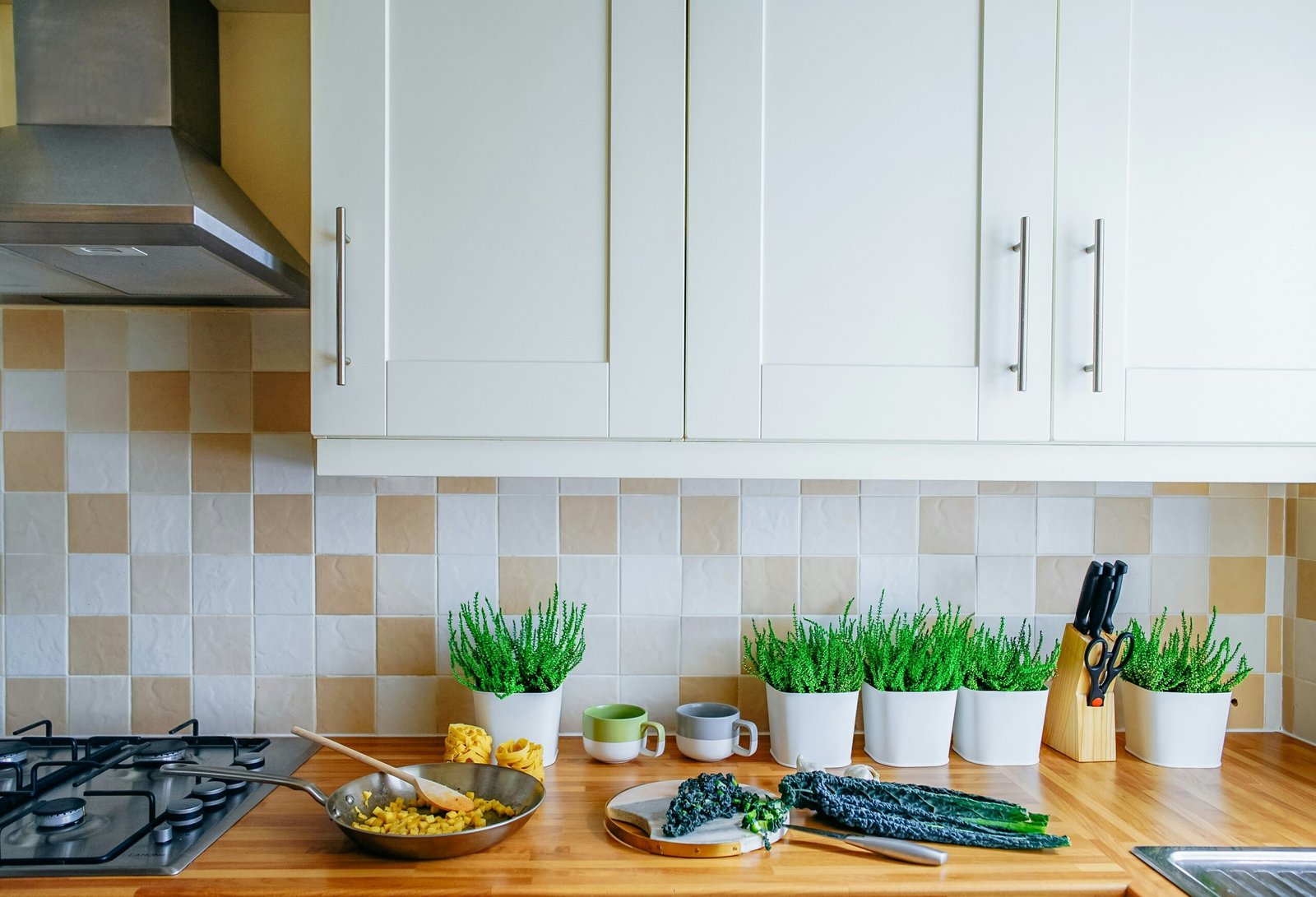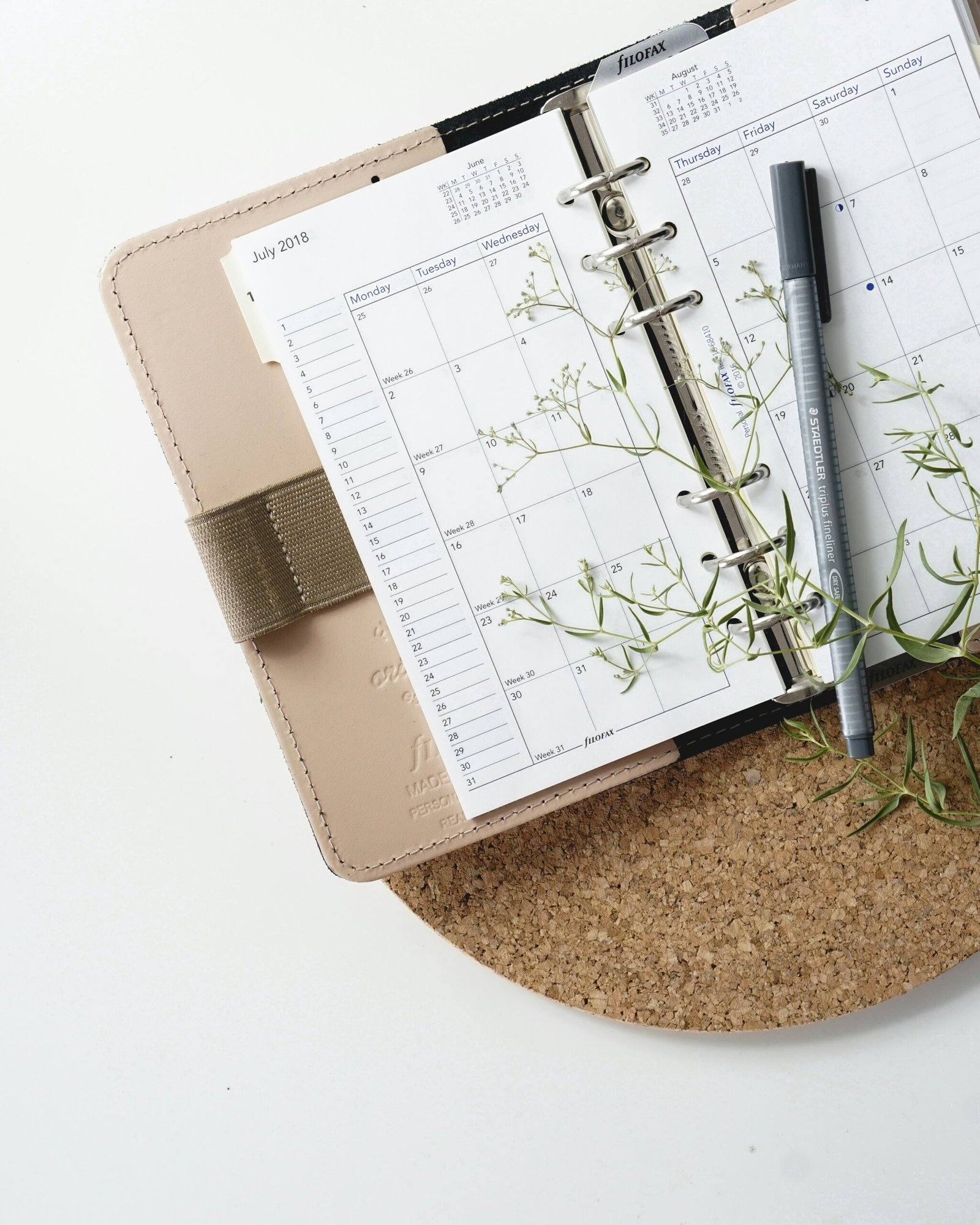

Understanding Your Personal Style
Identifying your personal style is the cornerstone of designing a home that truly resonates with who you are. This fundamental step ensures that every element within your space not only complements each other but also reflects your unique personality. There are various methods you can employ to uncover your personal design preferences, which serve as valuable tools in making cohesive and harmonious design choices throughout your living space.
One effective method is creating a mood board. A mood board is a visual tool that compiles images, textures, colors, and other design elements that appeal to you. By gathering and arranging these visuals, you can observe patterns and recurring themes that offer major insights into your personal style. Consider using online platforms like Pinterest or creating a physical board with magazine cutouts to visually articulate your design inclinations.
Style quizzes are another excellent resource for narrowing down your personal aesthetics. Numerous online quizzes are designed to help pinpoint your tastes in interior design by asking targeted questions about your preferences. These quizzes can categorize your style into familiar design groups such as modern, rustic, industrial, or eclectic, providing a helpful vocabulary to describe your style when planning or communicating with decorators.
Additionally, assessing your favorite pieces of clothing or art can reveal much about your design preferences. The colors, patterns, and textures that you gravitate toward in fashion and art often translate seamlessly into interior design. Whether you favor minimalist, bold, or bohemian aesthetics in your wardrobe or art collection, these preferences are pivotal in guiding your home design choices.
Understanding your personal style is more than a superficial exercise; it’s about creating a space where you feel authentic and comfortable. With a clear grasp of your design preferences, every aspect of your home, from furniture to decorative accents, will naturally align, creating an inviting and personalized environment that reflects your true self.
Incorporating Personal Interests and Hobbies
Designing a home that truly mirrors your personality begins with incorporating your personal interests and hobbies into the space. These elements not only infuse your home with character but also create an environment where you feel comfortable and inspired. By thoughtfully integrating your passions, you transform ordinary spaces into personalized sanctuaries. For example, book lovers may find joy in creating a cozy reading nook. This can be achieved with a comfortable chair, strategically placed near a window for natural light, and surrounded by bookshelves that house your favorite collections. A small table or a lamp can complete this serene corner, making it a haven for relaxation and escape.
Similarly, musicians can dedicate a room or a specific area to their craft. Consider soundproofing one room to practice comfortably without disturbing other household members. Displaying musical instruments, framed sheet music, and band posters can enhance the room’s ambiance. A comfortable seating arrangement for jamming sessions with friends or solo practice ensures functionality as well as aesthetic appeal. For avid travelers, displaying travel souvenirs is an excellent way to bring stories from around the world into your home. You might create a gallery wall featuring framed photographs, maps, and unique artifacts collected from different countries. Shadow boxes or shelves can help showcase smaller mementos like miniature sculptures, shells, or other keepsakes.
Practicality is key when incorporating personal interests and hobbies into your home design. To avoid overwhelming the space, focus on a few meaningful elements rather than cluttering every corner. Use multi-functional furniture and clever storage solutions to maintain a balance between showcasing your interests and keeping the space organized. Floating shelves, built-in cabinets, and under-seat storage are excellent options to keep items accessible yet tidy. By thoughtfully blending your passions with functional design, you create a home that is not only reflective of your personality but also harmonious and well-organized.
Choosing Colors That Speak to You
Color psychology plays a vital role in home design, directly influencing mood and giving expression to one’s personality. Colors are not merely visual elements; they can evoke emotions and set the tone of your home environment. Choosing a color palette that resonates with you can make your living space a true reflection of who you are.
Warm colors like red, orange, and yellow are known to stimulate and energize, making them perfect for social spaces such as living rooms and dining areas where you want to foster conversation and activity. On the other hand, cool colors like blue, green, and purple are calming and can create serene, restful environments, ideal for bedrooms and bathrooms. Neutrals like white, gray, and beige act as a balancing force, providing a backdrop that allows bolder hues to stand out without overwhelming the senses.
When selecting your color palette, consider starting with a base of neutral tones which can be complemented by accents in your favorite bold colors. This approach achieves a harmonious look that maintains visual interest without becoming chaotic. For example, a neutral beige wall can be enlivened with vibrant blue or green accents, creating a dynamic yet balanced space. Remember, it’s essential to harmonize the primary colors with your overall theme and existing elements like furniture, artwork, and accessories.
It’s also worth exploring how different colors reflect various aspects of your personality. If you’re an extrovert, you might gravitate towards more vivid and saturated shades, while introverts may prefer subdued colors that evoke a sense of calm. Experiment with various combinations on swatches before finalizing your choices to ensure that the colors work well together and reflect the desired mood and personality traits.
Incorporating colors that speak to your soul helps in creating a home that feels personally yours. With thoughtful selection and balance between bold and neutral hues, you can craft a space that is not only aesthetically pleasing but also deeply connected to who you are.
Selecting Furniture that Tells a Story
Selecting the right furniture can significantly enhance the personality and uniqueness of your home. When making furniture choices, it’s essential to focus on pieces that not only serve a functional purpose but also tell a story. This approach infuses your living spaces with elements that reflect your personal style and history, turning an ordinary house into a home brimming with character and charm.
One effective way to achieve this is by investing in items that have personal significance. For instance, a vintage armchair inherited from a grandparent or a table purchased during a memorable trip can serve as daily reminders of cherished moments. These pieces often carry emotional weight and narratives that resonate with your personal experience, making your home feel uniquely yours.
Moreover, blending modern and vintage items creates a harmonious balance that showcases both contemporary tastes and timeless traditions. Modern furniture often emphasizes clean lines and minimalism, ideal for a sleek, organized look. However, incorporating vintage elements can introduce warmth and richness, contributing to a layered, curated ambiance. The juxtaposition of different styles can yield an eclectic yet coherent aesthetic that feels both lived-in and sophisticated.
Choosing statement pieces can also make a powerful impact. Whether it’s a bold, colorful sofa that draws the eye or an intricately designed coffee table that becomes a conversation starter, focusing on statement pieces helps anchor the visual narrative of your space. Such items serve as focal points, providing structure and intention to the room’s design.
Finally, while aesthetic appeal is important, prioritizing comfort remains crucial. A well-designed home is one where style and comfort are seamlessly integrated. Seating options, for instance, should be not only stylish but also inviting and comfortable. Combining these elements ensures that your home is not just a showcase of your personal style but also a cozy retreat where you can unwind and relax.
Creating Personalized Art and Decor
Amplifying the personality of your home through personalized art and decor can transform any space into a distinct reflection of your tastes and experiences. One effective way to begin is by integrating custom artwork. Commissioning local artists to create pieces that speak to your personal aesthetic not only supports the art community but also ensures that you have unique works that resonate with you. Whether it’s a vibrant mural in the living room or a serene landscape in the bedroom, custom artwork adds a bespoke touch that’s hard to replicate.
Diving into DIY projects is another rewarding avenue to express personal style. Crafting your own decor items, be it painting canvases, making macramé hangings, or upcycling vintage furniture, can infuse your space with creativity and ingenuity. These DIY elements often carry stories and memories, making them conversational pieces that are both functional and meaningful.
Family heirlooms, whether they are antique furniture pieces, inherited photo frames, or handcrafted quilts, serve as vital links to your heritage. Incorporating these cherished items into your home decor not only preserves family history but also adds layers of warmth and authenticity to your space. Displaying heirlooms thoughtfully can highlight their beauty and sentimental value. For example, a vintage photograph wall in the hallway can act as a visual narrative of your family’s legacy.
Effective arrangement and display of these personalized elements are crucial to maximizing their impact. Choosing focal points for custom artwork can draw attention to their uniqueness. Grouping DIY creations in clusters or vignettes creates visual interest and coherence. When it comes to heirlooms, integrating them seamlessly with contemporary pieces can create a balanced yet eclectic look. Utilizing shelves, shadow boxes, or gallery walls can also help in showcasing these personalized items in an organized and stylish manner.
By thoughtfully incorporating custom artworks, DIY projects, and family heirlooms, you can create a home that truly reflects your personality, making it not just a living space, but a vibrant representation of who you are.
Balancing Functionality and Aesthetics
Creating a home that is both functional and aesthetically pleasing is imperative to achieving a space that truly reflects your personality. The ideal design marries practicality with visual appeal, ensuring that each room not only looks good but also serves its intended purpose efficiently. To strike this harmonious balance, consider integrating multifunctional furniture that aligns with your unique style. For example, a sleek sofa that doubles as a pull-out bed can transform a living room into a guest room effortlessly. Similarly, an ottoman with hidden storage offers a stylish solution for keeping blankets and pillows tucked away while adding a touch of elegance to the room.
Effective storage solutions also play a crucial role in maintaining a neat and organized space without sacrificing design. Floating shelves, for instance, provide both storage and display options, allowing you to showcase personal memorabilia or décor pieces that speak to your aesthetic preferences. Built-in cabinetry, particularly in kitchens and bathrooms, maximizes space utilization while keeping clutter out of sight, thus maintaining a clean and streamlined appearance.
Furthermore, practical layout choices are fundamental to creating a home that caters to your lifestyle. Open floor plans are favored for their ability to foster connectivity and movement, making them ideal for social gatherings and family interaction. Conversely, strategically placed partitions or room dividers can offer privacy and define specific areas without detracting from the overall design. Incorporating elements such as ergonomic furniture and adequate lighting also enhances functionality while contributing to the room’s ambiance.
In sum, the key to balancing functionality and aesthetics lies in thoughtful design choices that cater to your everyday needs while reflecting your personal taste. This approach ensures that your home remains not only visually appealing but also a comfortable and practical sanctuary tailored to your lifestyle.
Lighting as a Design Element
Lighting plays a pivotal role in enhancing the ambiance of a home, reflecting the homeowner’s personality with its strategically placed elements. Proper lighting not only accentuates architectural details and home decor but also contributes significantly to the overall mood and functionality of different spaces within the home. There are primarily three types of lighting to consider: ambient, task, and accent lighting, each serving a unique purpose and, when used effectively, can transform any living space.
Ambient lighting, also known as general lighting, is the primary source of illumination in a room. It provides a uniform level of light, ensuring visibility and creating an inviting atmosphere. To achieve effective ambient lighting, ceiling-mounted fixtures such as chandeliers, pendant lights, or recessed lights are often utilized. Selecting fixtures that complement the design theme of your home can enhance the aesthetic appeal, while also reflecting your personal style.
Task lighting is more focused and functional, aimed at specific areas where activities such as reading, cooking, or working take place. Examples include under-cabinet kitchen lights, desk lamps, and vanity lights in bathrooms. Incorporating stylish task lighting can blend functionality with design, ensuring that these essential areas are both practical and visually appealing. Opt for fixtures that provide adequate brightness while harmonizing with the overall decor of your home.
Accent lighting serves as a decorative element, used to highlight particular features or areas within a home, such as artwork, sculptures, or architectural details like fireplaces and alcoves. Accent lighting, through carefully chosen spotlights, track lights, or wall-mounted fixtures, can create dramatic visual effects, adding depth and dimension to your space. When choosing accent lighting, consider fixtures that not only enhance the highlighted feature but also add to the room’s style.
Choosing light fixtures that align with your design aesthetic involves a balance of form and function. Consider materials, colors, and shapes that resonate with your personal taste and the overall decor theme. For instance, modern homes might benefit from sleek, minimalistic fixtures, while vintage or rustic designs could be complemented with ornate, antique-style lights. Ultimately, thoughtful lighting choices can make your home not just a place of comfort, but also a true reflection of your personality.
Bringing It All Together: Styling Tips and Final Touches
Creating a home that truly reflects your personality involves meticulously bringing together various elements in a cohesive manner. The cornerstone of a well-designed space lies in the harmony and flow between rooms. To achieve this, consider a unified color scheme and consistent use of materials throughout your home. This creates a seamless transition from room to room, enhancing the overall sense of balance and tranquility.
Textiles play a pivotal role in adding warmth and character to your space. Integrating items such as rugs, throws, and cushions can infuse color, texture, and pattern, making your home both inviting and visually interesting. Don’t hesitate to mix and match different textiles to showcase your unique style. Plants can also breathe life into your home, purifying the air and adding a touch of nature. Choose a variety of indoor plants that resonate with your aesthetic and are appropriate for the available light in your space.
Accessories, such as artwork, decorative objects, and personal memorabilia, contribute significantly to your home’s personality. Curate your selections thoughtfully; items that hold personal meaning or tell a story add depth and individuality to your decor. However, maintaining a balance between filled spaces and open areas is crucial. Overcrowding can make spaces feel cluttered and chaotic, while a few intentional open areas can provide visual relief and emphasize your featured pieces.
Final touches are what make your home uniquely yours. Family photos, travel souvenirs, or handmade crafts can infuse a personal narrative into the decor. Remember, the goal is to design a home where every element reflects aspects of your personality and style, resulting in a harmonious, cohesive, and personalized sanctuary.




